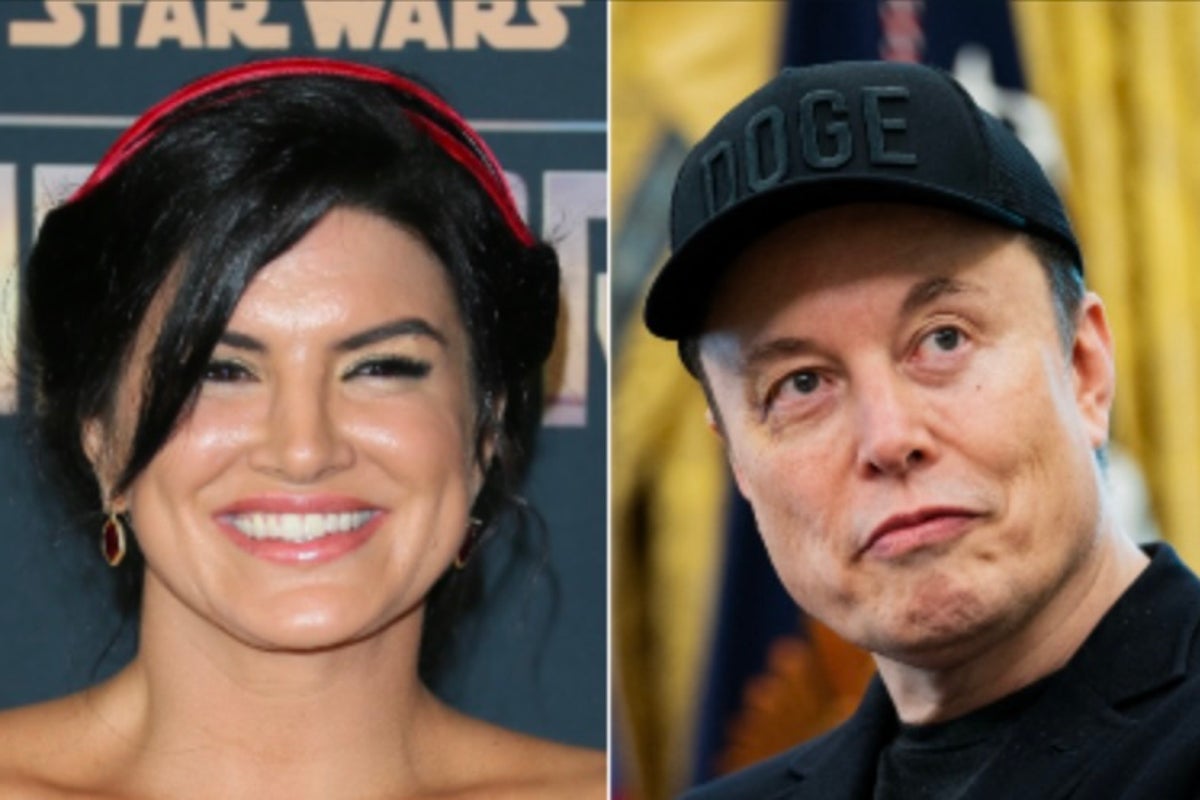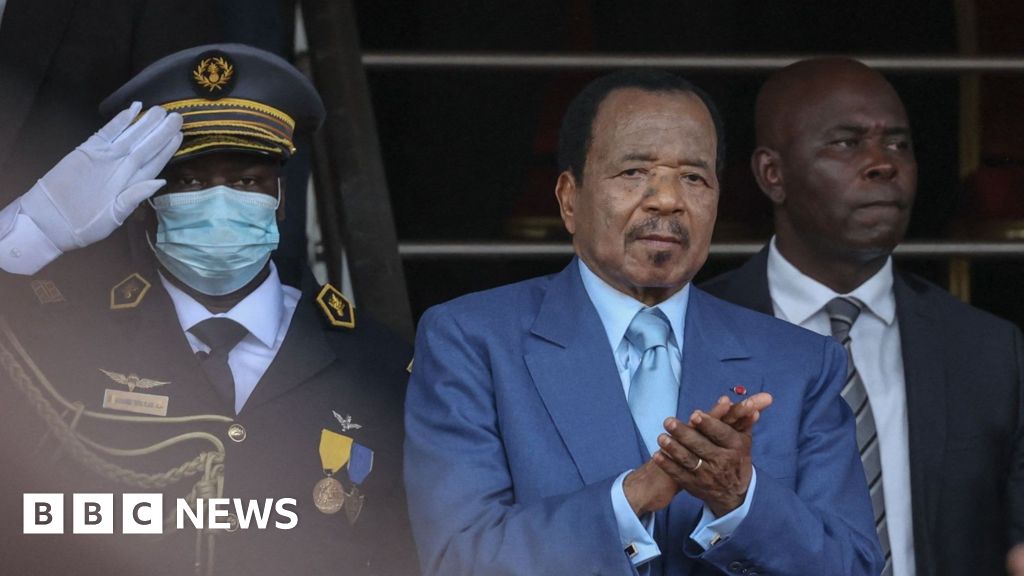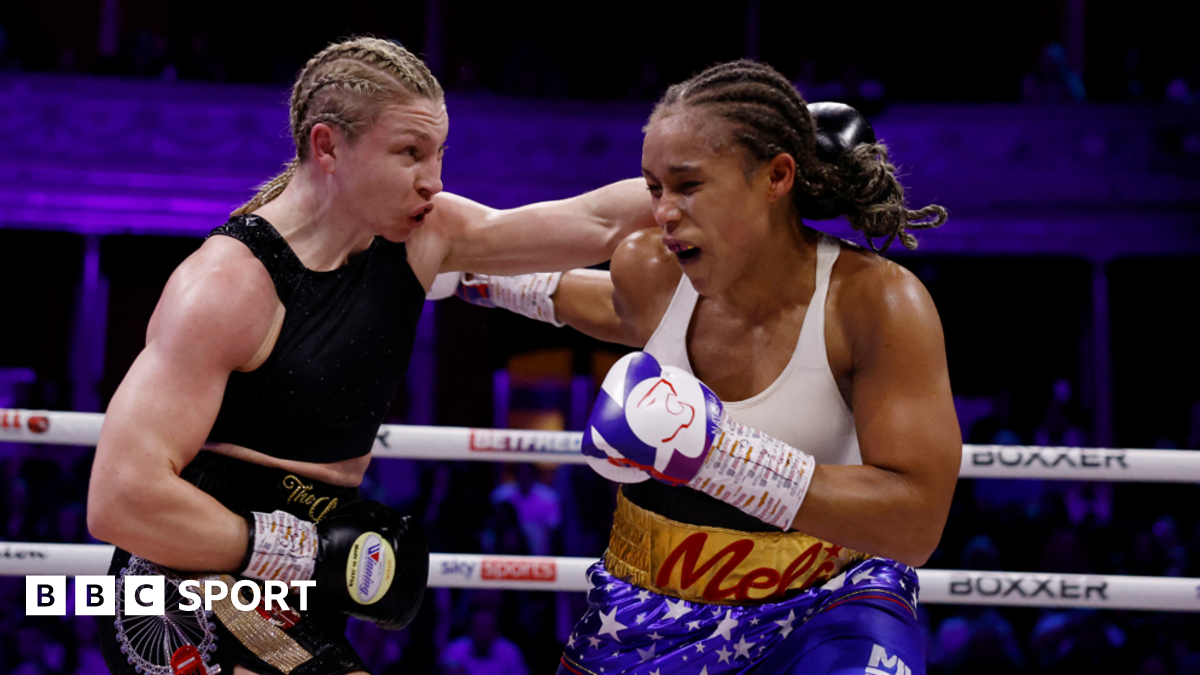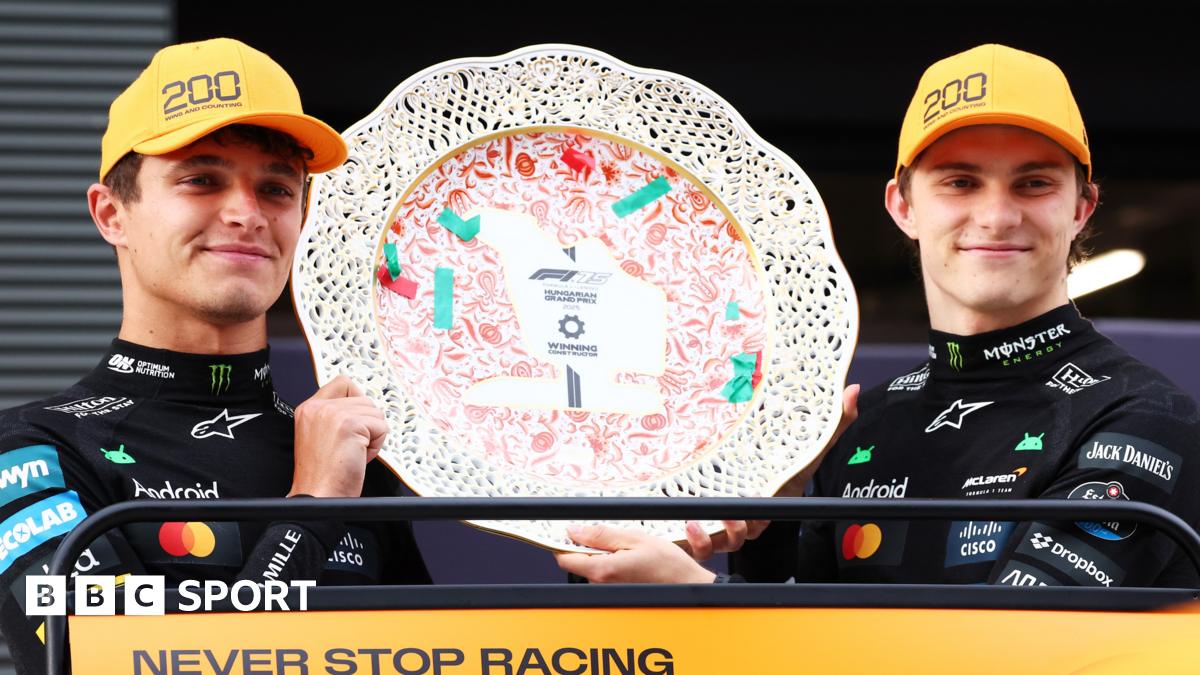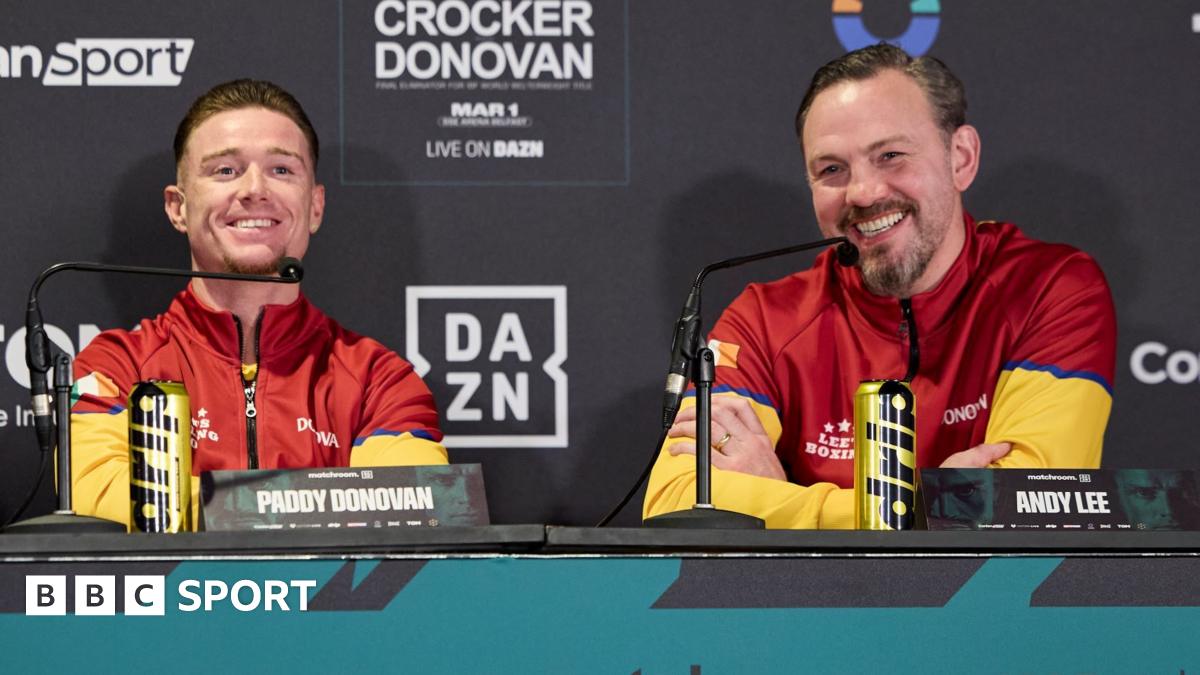How Formula E made EV racing a global phenomenon

As U.S. climate policy was noisily dismantled in Washington over the spring and summer, another climate story unfolded—quieter, faster, and broadcast to millions.
It unfolded in the streets of Monaco. São Paulo. Shanghai. In the form of all-electric race cars tearing through city centers—cheered on by fans living the transition to a low-carbon world, not waiting for it.
Formula E: A global entertainment platform
Launched just over a decade ago, Formula E now reaches half a billion fans—many of whom are new to motorsports. Not because it promised sustainability. But because it delivered a better product: short, high-drama races. Urban venues. A streaming-ready format. Cultural relevance in an EV-first world.
It’s a playbook worth studying for any company trying to bring climate innovation to the mainstream.
This isn’t about messaging. It’s about strategy.
From clunky to cutting edge
When Roger Griffiths first saw a Formula E car in 2014, he wasn’t impressed.
A veteran of IndyCar, Le Mans, and Formula 1, he knew a lot about going fast. And this wasn’t it. The battery was huge, heavy, and underpowered. The performance? Underwhelming.
But Formula E wasn’t starting from scratch. It was pulling from the top shelf of global motorsport.
What struck him wasn’t the hardware. It was the names showing up anyway: Michael Andretti, Alain Prost, and Frank Williams—legends who had built dynasties in IndyCar and Formula 1. Even Richard Branson had joined the grid.
“We can’t afford (for) this to fail,” Griffiths recalled on the Supercool podcast. “Too many people have too much invested.”
Formula E didn’t begin with speed or range. It started with credibility. And in the early days of climate tech, that buys you time to iterate toward something better. So they did.
Designed for a new kind of fan
Formula E didn’t mimic Formula 1. It built a motorsport tuned to a new era.
Races last just 45 minutes—tight enough for modern attention spans, long enough to create drama. The circuits run through the hearts of global cities, not remote tracks. Fans take public transit or Uber to races. The vibe? Less pilgrimage, more pop-up festival.
The audience is younger, urban, and digitally native. Many aren’t interested in owning a car at all.
“Young people today don’t necessarily want to own cars,” said Griffiths. “We’re catering to a crowd that thinks differently about mobility. Formula E recognizes that.”
Meanwhile, the technology caught up—fast. Jaguar used race-day insights to improve the range of its I-PACE SUV. BMW co-developed systems between i3 engineers and race teams.
Formula E became a proving ground—not just for fans, but for the EV industry.
Built to evolve
Unlike legacy motorsports, Formula E gave itself permission to break with tradition.
It experimented early and often: Fan Boost. Attack Mode. Interactive features lifted from gaming culture. Some flopped. Others stuck. But the league kept shipping, learning, and moving forward.
“The old me would’ve said, ‘What a stupid idea,’” Griffiths said of Attack Mode, which gives drivers a temporary power boost if they hit a marked zone on the track. “The new me said, ‘I’m not sure—but I’ll give it a go.’”
Formula E doesn’t wait for perfect. It tests ideas in public—on race day, with millions watching. Either way, the race goes on. The sport gets better.
That mindset isn’t just tolerated, it’s structural. Formula E’s governance enables change. Its culture rewards it.
5 lessons for climate innovators
Innovators can learn these five lessons from Formula E.
1. Turn constraints into strengths.
Early EVs couldn’t finish a full race. Formula E shortened them to 45 minutes, creating tighter, more intense competition perfectly tuned for social media highlight reels and streaming.
2. Design for urban lifestyles.
Electric cars are quiet enough to race in city centers. Fans don’t need to drive. They grab an Uber and plug into the experience as part of modern life.
3. Iterate in public.
Formula E doesn’t hide experiments. It ships them in real time, where fans become part of the process. Innovation is part of the show.
4. Let climate be the platform, not the pitch.
Sustainability underpins the whole thing. Sponsors don’t need convincing. Fans don’t feel preached to. That’s what makes it scale.
5. Design for what’s emerging.
Formula E didn’t retrofit old formats for electric race cars. It aligned with a modern, urban culture: streaming-first viewing and shared mobility. These behaviors define where we’re heading.
A better future, built for speed
Formula E didn’t scale by talking about emissions. It scaled by delivering an incredible fan experience.
It understood how younger audiences live, move, and engage—and built a sport around that.
It made the low-carbon future feel inevitable, not through fear, but through energy and excitement.
And it proved something essential: Climate innovation doesn’t have to trade performance for principle.
It doesn’t have to trade anything at all.
Josh Dorfman is CEO and host of Supercool.
What's Your Reaction?
 Like
0
Like
0
 Dislike
0
Dislike
0
 Love
0
Love
0
 Funny
0
Funny
0
 Angry
0
Angry
0
 Sad
0
Sad
0
 Wow
0
Wow
0
